Behind the gleaming glass terrariums and exotic appeal of reptile and amphibian pets lies a sobering reality that many owners never see. The reptile and amphibian pet trade has exploded in popularity over recent decades, with millions of these animals changing hands annually in a global market worth billions. While responsible breeders and conscientious owners certainly exist, the industry harbors dark corners where animal welfare takes a backseat to profit. From capture to transport to eventual sale, countless creatures suffer unseen consequences of human fascination with these remarkable animals. This article examines the hidden cruelty within the reptile and amphibian pet trade, exploring both the systemic issues and potential paths toward more ethical practices.
The Scale of the Global Reptile Trade
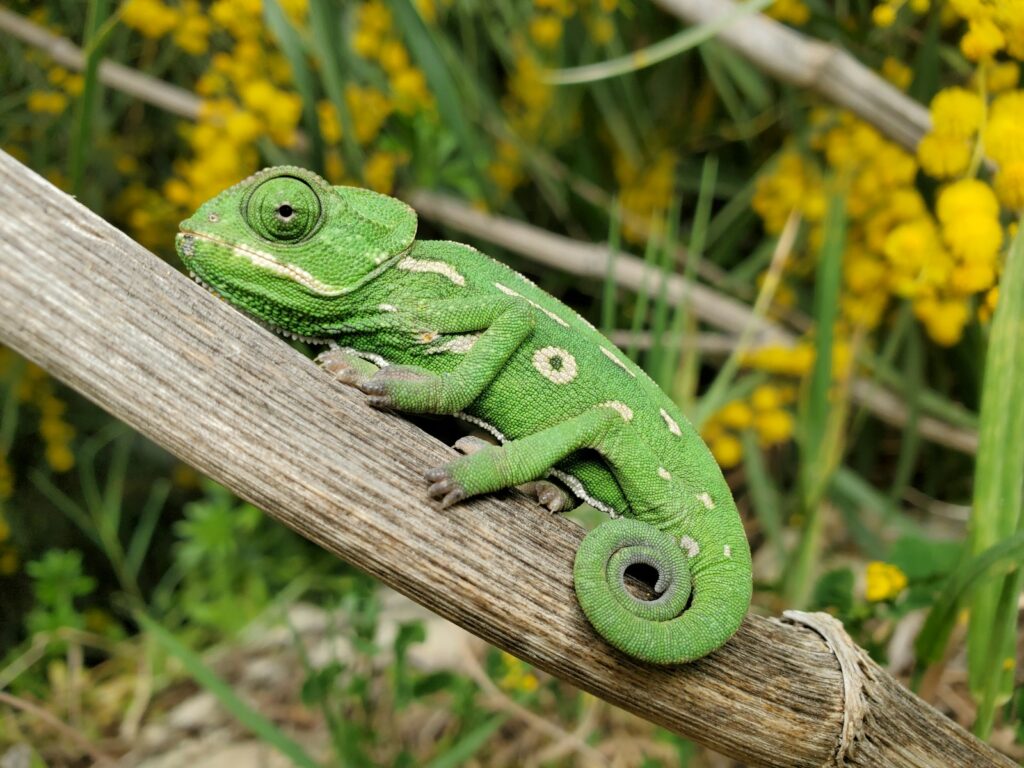
The reptile and amphibian pet trade represents a massive global enterprise, with conservative estimates suggesting between 5-7 million reptiles are traded internationally each year. This figure dramatically underestimates the true scale, as it doesn’t account for domestic trade within countries or the substantial black market operations that bypass official channels entirely. The United States alone imports more than 2 million reptiles annually, while countries like Indonesia, Madagascar, and various nations in Central America serve as major exporters. What began as a niche hobby has transformed into a multi-billion-dollar industry, with rare specimens sometimes fetching tens of thousands of dollars from collectors seeking the unusual or exotic. The sheer volume of animals moving through this system creates inherent challenges for ensuring humane treatment throughout the supply chain.
Wild Capture Methods and Their Consequences
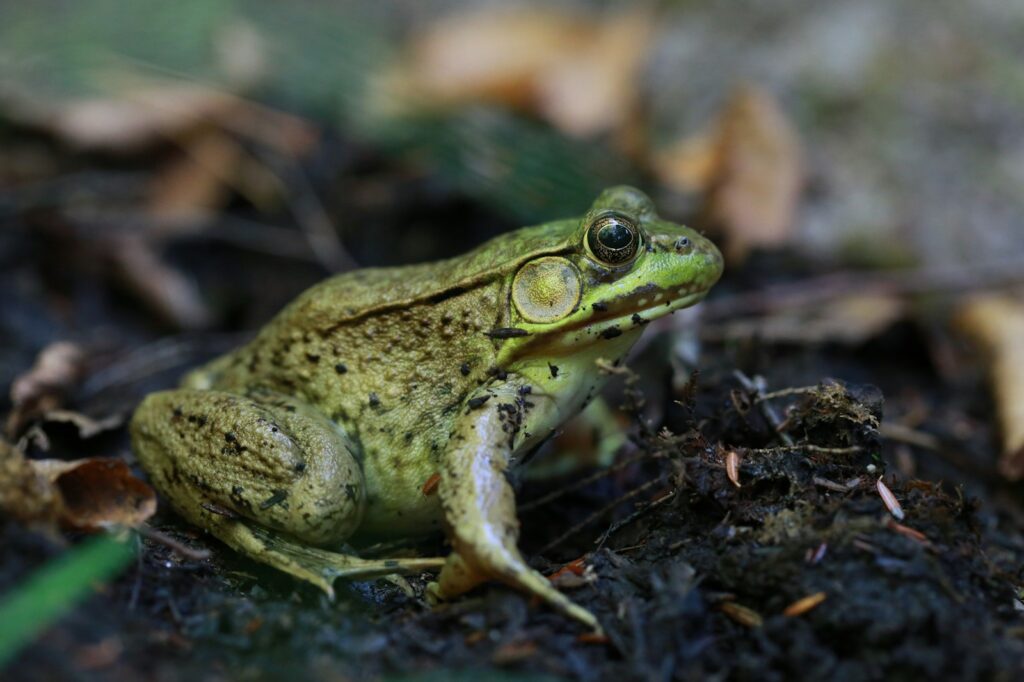
Despite growing captive breeding operations, wild-caught specimens remain a significant portion of the trade, particularly for newly popular or difficult-to-breed species. The methods used to capture these animals often prioritize efficiency over welfare, with devastating consequences. Collectors may destroy entire habitats by tearing apart rock formations, felling trees, or draining small water bodies to access desired specimens. Some capture techniques cause direct physical trauma, such as using sharp sticks to extract lizards from crevices or hooks to pull snakes from their hiding places. The stress of capture alone can trigger potentially fatal physiological responses in many species, particularly among amphibians whose delicate skin makes them especially vulnerable to mishandling. For every animal that reaches a pet store alive, many others may have perished during the collection process.
Mortality Rates During Transport

The journey from wild habitat to pet store is fraught with hazards that claim countless lives along the way. Animals are often packed in dense numbers with minimal consideration for their specific environmental needs or natural behaviors. Temperature fluctuations during transport can prove fatal, particularly for reptiles whose biological functions depend heavily on stable environmental conditions. Dehydration represents another serious threat, with delays or improper packaging leading to deadly consequences, especially for amphibians who may require consistently moist conditions. Industry insiders acknowledge “acceptable loss rates” that can range from 10% to an astounding 80% for certain sensitive species, suggesting mortality is built into the business model rather than viewed as a failure. These deaths are rarely documented or reported, remaining invisible to the final consumer who sees only the survivors.
Laundering and False Labeling Practices

Deceptive practices run rampant throughout parts of the reptile trade, with “wildlife laundering” representing a particularly troubling phenomenon. Traders may capture animals illegally from protected areas but falsely label them as captive-bred or sourced from legal collection sites to circumvent conservation laws. This practice not only undermines conservation efforts but often exposes animals to additional stress as they’re moved through convoluted routes designed to obscure their origins. Documentation fraud extends to species identification as well, with dealers sometimes misrepresenting common species as rarer, more valuable varieties or deliberately mislabeling protected species to evade trade restrictions. These deceptions create nearly impossible challenges for enforcement agencies already struggling with limited resources to monitor the vast volume of animals in trade. The ultimate victim is not just the individual animal but potentially entire wild populations subjected to unsustainable collection pressure.
Improper Housing Conditions in the Supply Chain
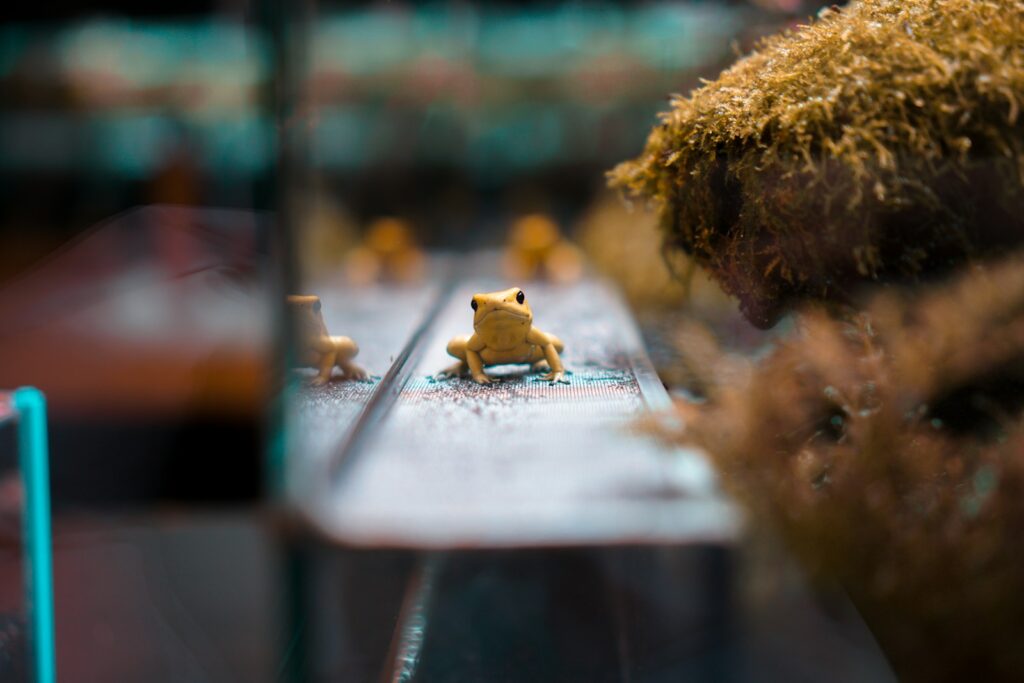
Between capture and final sale, reptiles and amphibians often endure prolonged periods in grossly inadequate temporary housing. Animals may be kept in minimalist containers that hardly allow movement, let alone natural behaviors like climbing, burrowing, or swimming that are essential to their psychological well-being. Multiple specimens are frequently crowded together regardless of territorial needs, leading to stress, aggression, and injuries. Temperature and humidity requirements specific to each species are regularly overlooked in wholesale facilities and during transportation, forcing animals to endure physiological stress that compromises their immune systems. Disease spreads rapidly under such conditions, with minimal veterinary intervention typically provided for animals seen primarily as inventory rather than sentient beings. The cumulative impact of these housing deficiencies may not be immediately apparent but often manifests in shortened lifespans and chronic health issues that emerge long after purchase.
The Problem with Morphs and Genetic Manipulation
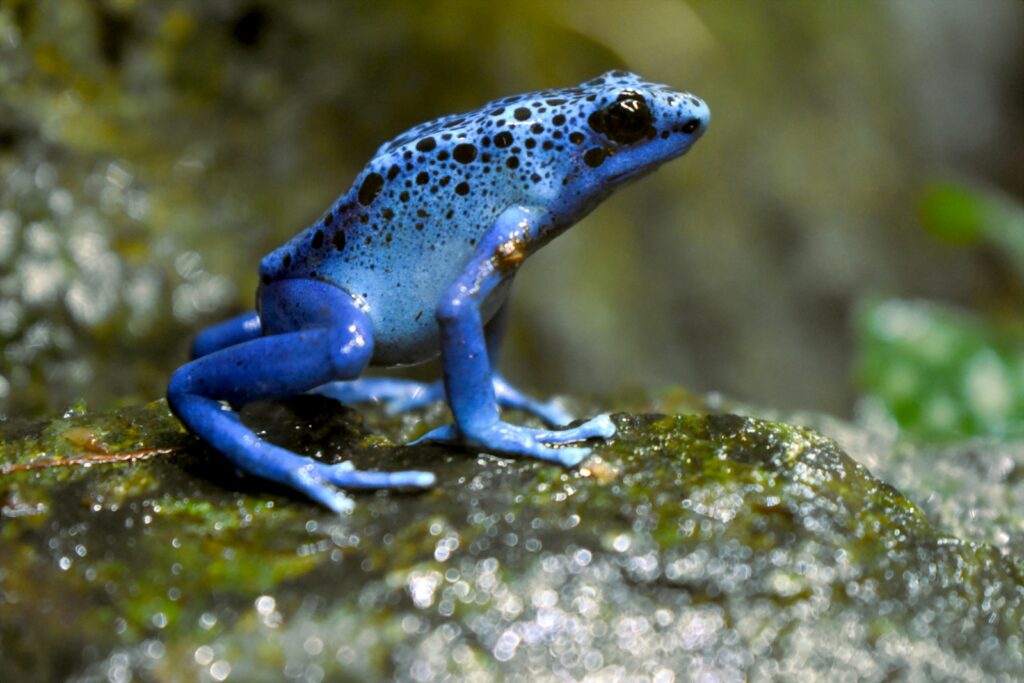
The pursuit of novelty in the reptile hobby has led to extreme selective breeding that prioritizes unusual appearances over health and natural functionality. Breeders create “morphs” with dramatic color variations or pattern abnormalities that appeal to collectors but often carry hidden genetic defects. The ball python industry exemplifies these problems, with certain popular morphs like “spider” carrying neurological issues that cause disorienting head wobbles and difficulty feeding. Similarly, “enigma” leopard geckos often develop a syndrome causing disorientation and inability to hunt properly, yet continue to be bred for their attractive patterning. Deliberate inbreeding to emphasize recessive traits further compounds these issues by concentrating genetic defects that would rarely persist in wild populations. These practices raise profound ethical questions about whether creating animals predisposed to suffering constitutes a form of cruelty, regardless of how visually striking the resulting specimens may appear.
Inadequate Retail Environments
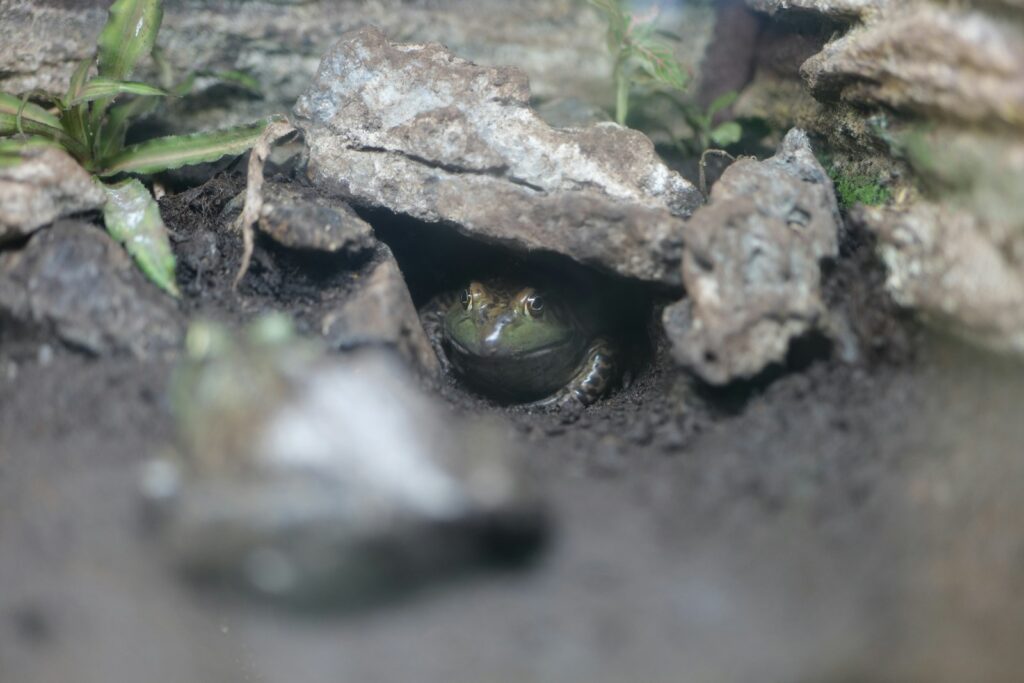
Pet store displays rarely reflect the complex environmental needs of reptiles and amphibians, instead prioritizing visibility and sales appeal over welfare. Animals are frequently housed in barren enclosures lacking appropriate hiding places, temperature gradients, or substrates that would allow natural behaviors like digging or burrowing. Inappropriate groupings of animals occur regularly, with territorial species forced into close proximity or predator and prey species housed adjacent to one another, creating chronic stress responses. Lighting setups often fail to provide necessary ultraviolet spectrum components critical for calcium metabolism in many species, laying the groundwork for metabolic bone disease that may develop months later. Staff training on specialized care requirements varies dramatically between retailers, with many chain stores employing workers with minimal knowledge of the complex needs of the dozens of species they sell. These conditions, while temporary, can inflict lasting psychological and physical damage on animals already stressed from capture and transport.
The Abandonment Crisis

The relatively long lifespans of many reptile species create a significant abandonment problem when owners lose interest or become unable to provide appropriate care. Ball pythons may live 30+ years, many tortoises can survive for 50-100 years, and even smaller lizards often have 15-20 year lifespans that far exceed the average person’s commitment to the hobby. Reptile rescue organizations across the country report operating at maximum capacity, with some forced to turn away hundreds of surrendered animals annually. The abandonment problem becomes particularly acute when fad species popularized through social media or wildlife television shows flood the market, only for owners to discover the challenging reality of providing specialized care. Even more troubling are cases of owners releasing non-native species into local environments when they can no longer manage their care, creating invasive species problems like the established Burmese python population devastating Florida’s Everglades ecosystem. The disposability mindset applied to these living creatures represents perhaps the most fundamental cruelty in the trade.
Welfare Gaps in Existing Regulations
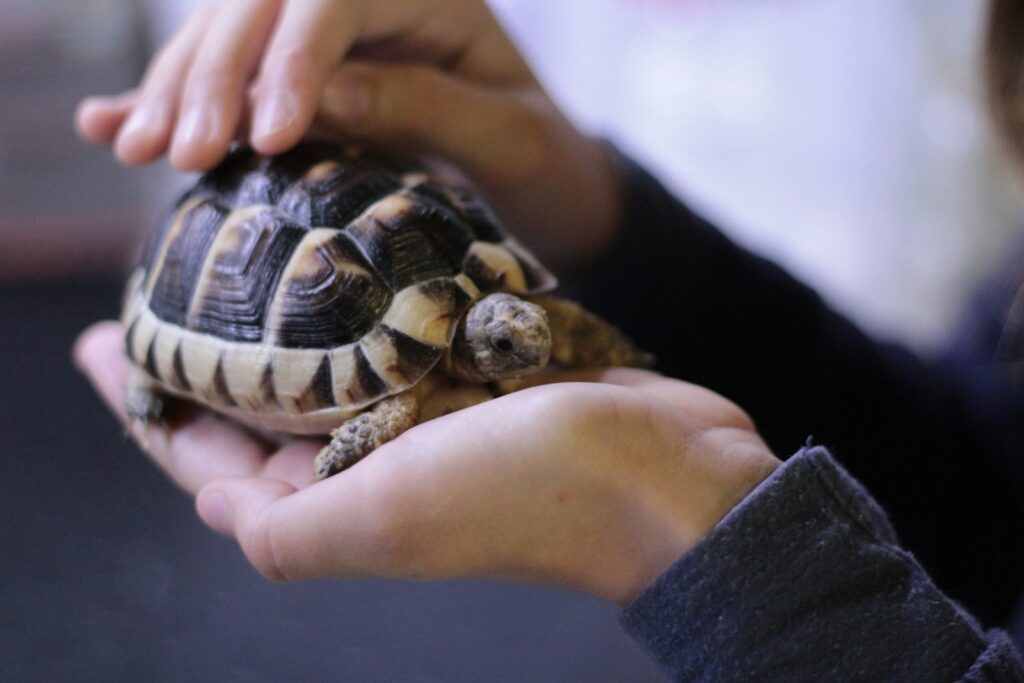
Regulatory frameworks governing reptile and amphibian welfare remain woefully inadequate compared to those protecting more familiar pets like dogs and cats. In the United States, the Animal Welfare Act specifically excludes cold-blooded vertebrates from its protections, leaving reptiles and amphibians without federal welfare standards during breeding, transport, or retail sale. State and local regulations vary dramatically, creating a patchwork of protections with significant gaps exploited by less scrupulous traders. International regulation focuses primarily on conservation status through CITES (Convention on International Trade in Endangered Species) rather than welfare considerations, addressing only which species can be traded rather than how they should be treated. Law enforcement agencies typically lack specialized training in identifying species or recognizing signs of mistreatment specific to these animals, further hampering effective oversight. This regulatory vacuum allows practices that would be legally problematic with mammals to continue unchallenged when applied to reptiles and amphibians.
Conservation Impacts of Collection
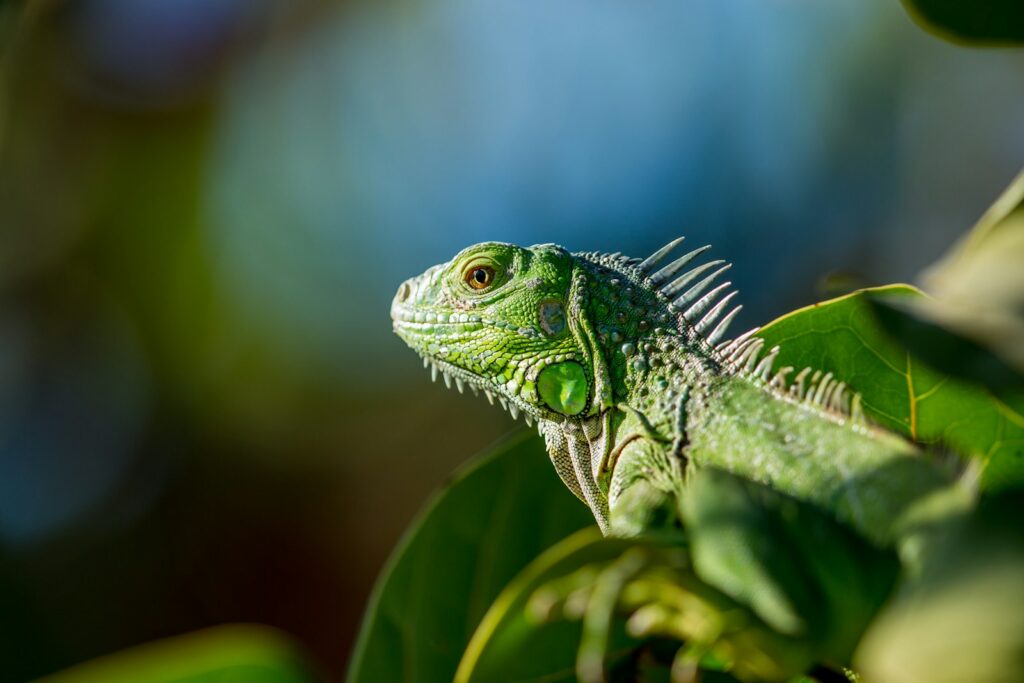
Beyond individual animal suffering, the wild collection of reptiles and amphibians threatens the survival of entire species and disrupts delicate ecosystems. Collectors typically target breeding adults, removing the most reproductively valuable individuals from wild populations already facing threats from habitat loss and climate change. Some species have been pushed to the brink of extinction by collection pressure, including the ploughshare tortoise from Madagascar and numerous dart frog species from Central and South America. The problem compounds when traders deliberately target newly discovered species that lack protective listing status, creating a perverse race between scientists describing new species and collectors seeking to exploit them before regulations can be established. Ecological impacts extend beyond target species, as collectors may inadvertently spread diseases between habitats or disrupt the ecological roles these animals play as predators, prey, and seed dispersers. The true conservation cost of the pet trade remains incalculable but undeniably significant.
The Myth of Low-Maintenance Pets

Marketing reptiles and amphibians as “easy” or “low-maintenance” pets represents a particularly insidious form of misinformation that ultimately harms animals. Pet stores and some breeders routinely downplay the complex environmental, nutritional, and veterinary needs of these specialized animals to make sales, leaving unprepared owners struggling with creatures they don’t fully understand. The reality is that most reptiles require carefully controlled temperature gradients, specific humidity levels, specialized UVB lighting, and diet preparation that makes them more demanding than many traditional pets. Veterinary care presents additional challenges, as specialized exotic animal veterinarians are scarce in many regions, and treatments can be costly when health problems inevitably arise from improper care. The misconception that a creature requiring less direct interaction automatically requires less care leads to chronic neglect masquerading as normal husbandry. This fundamental disconnection between expectation and reality sets both animal and owner up for a disappointing and potentially harmful experience.
Zoonotic Disease Risks in the Trade
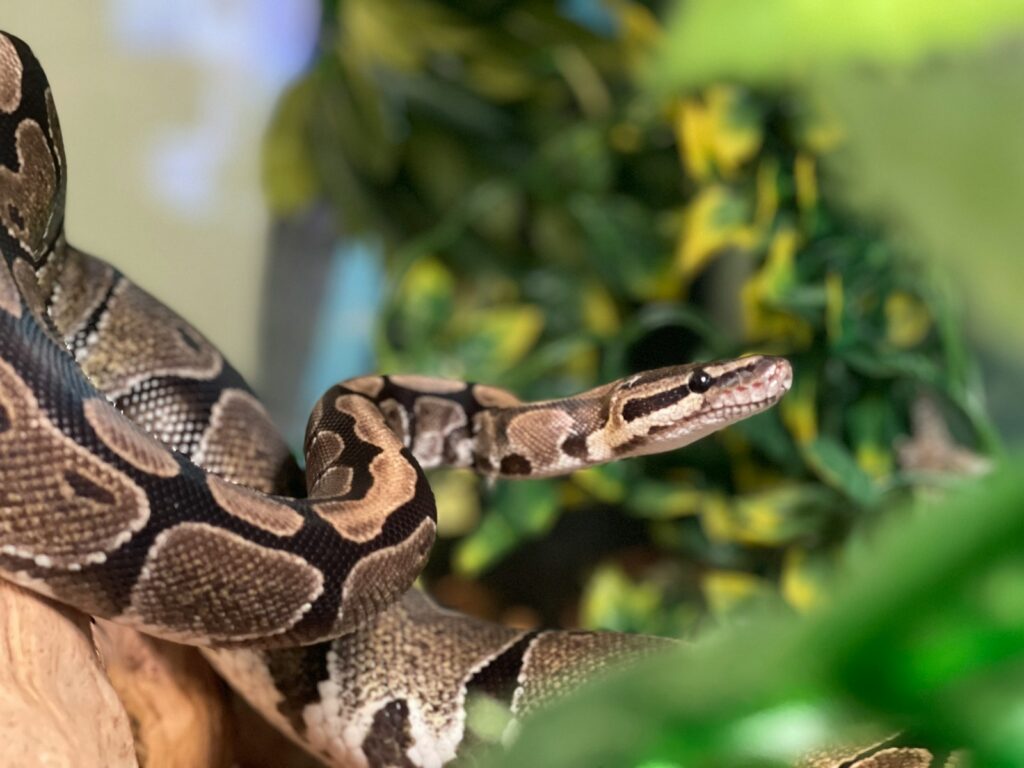
The reptile and amphibian trade presents significant public health concerns through the potential transmission of zoonotic diseases from animals to humans. Salmonella represents the most well-documented risk, with an estimated 74,000 cases annually in the United States linked to reptile contact, including numerous hospitalizations and occasional fatalities, particularly among children and immunocompromised individuals. Less recognized but potentially more serious are emerging pathogens like the arenavirus causing inclusion body disease in boas and pythons, which has caused alarming neurological symptoms in exposed humans in rare cases. Amphibians may harbor Batrachochytrium fungi responsible for devastating wild populations while potentially posing risks to human handlers with compromised immunity. The wildlife trade’s role in disease emergence gained heightened attention during the COVID-19 pandemic, with experts warning that the movement of millions of animals through crowded, stressed conditions creates perfect laboratories for pathogen evolution and spillover. These health risks affect not just individual keepers but potentially wider communities when infections spread beyond initial exposure.
Toward More Ethical Practices
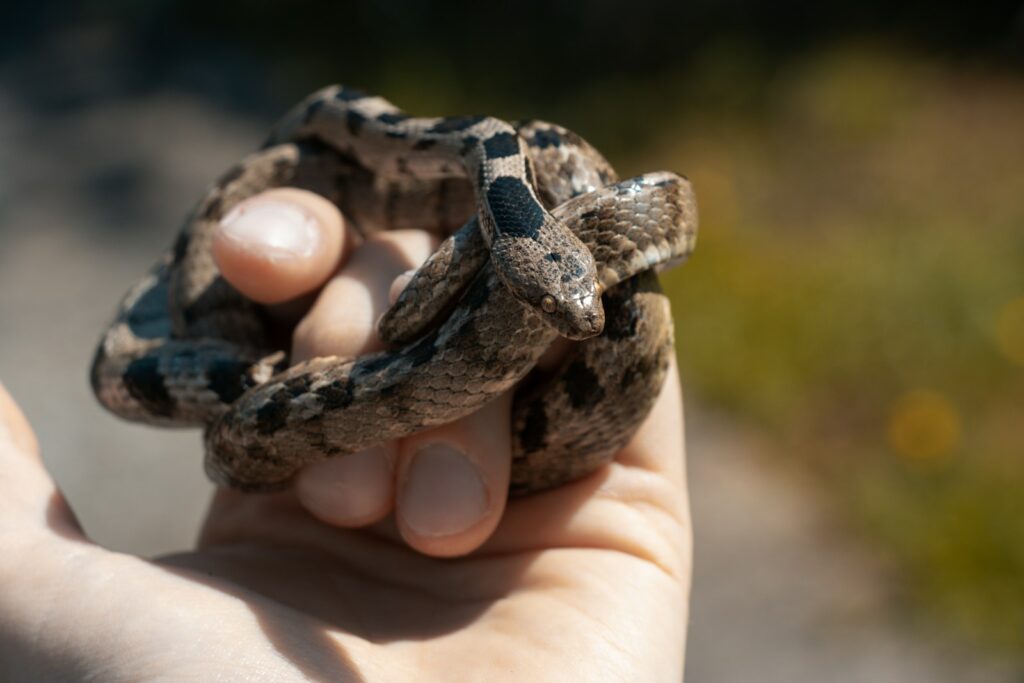
Despite the concerning issues pervading the reptile and amphibian trade, paths toward more ethical practices do exist for those committed to reform. Responsible captive breeding programs that prioritize genetic diversity and natural behaviors over aesthetic mutations can reduce pressure on wild populations while producing healthier animals better adapted to captivity. Certification systems for ethical breeders and retailers, similar to those developed for coffee or timber products, could provide consumers with transparent information about animal origins and handling practices. Educational initiatives targeting potential owners before purchase could reduce impulse buying and abandonment by ensuring realistic expectations about care requirements and lifespans. Technological innovations in tracking and monitoring trade, from DNA testing to confirm captive breeding claims to blockchain documentation of supply chains, offer promising tools to combat fraud and illegal collection. Progress ultimately requires a fundamental shift in perspective—viewing reptiles and amphibians not as commodities but as sentient beings deserving of consideration and protection.
As awareness grows about the hidden suffering within the reptile and amphibian pet trade, consumers hold significant power to drive positive change through their purchasing decisions. By supporting ethical breeders, demanding transparency throughout the supply chain, and committing to proper long-term care, enthusiasts can enjoy these fascinating animals while minimizing harm. More robust regulations specifically addressing welfare standards would provide crucial protections, but ultimately, the most meaningful improvements will come from cultural shifts in how we value and relate to these ancient and remarkable creatures. The wonder and fascination that draws people to reptiles and amphibians need not come at the cost of suffering; with conscious effort and reform, the trade could evolve into one that truly respects the animals at its center.



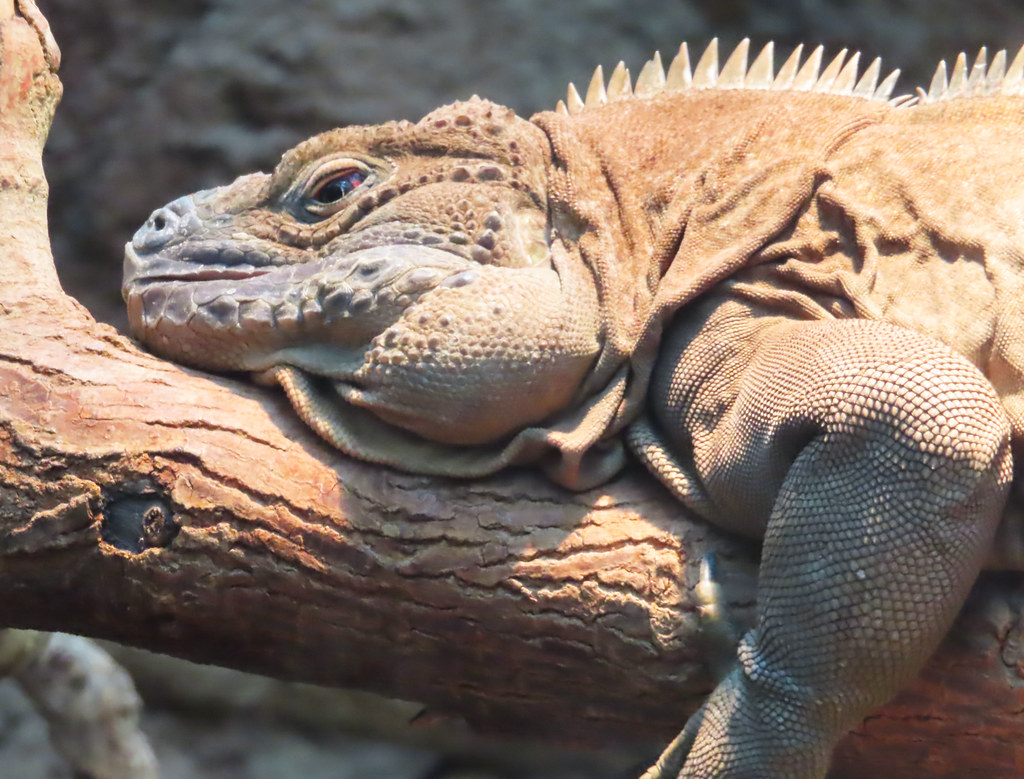
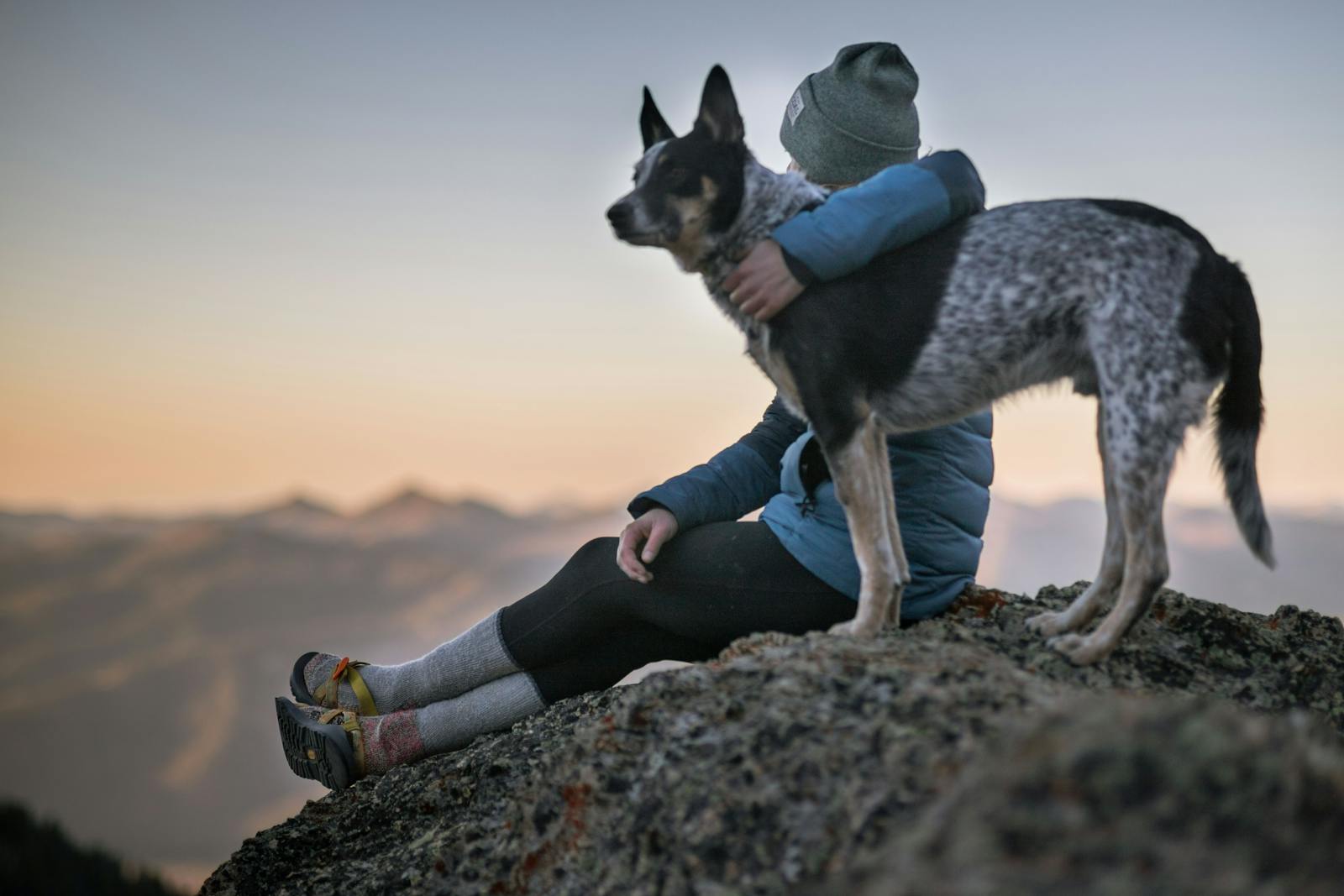

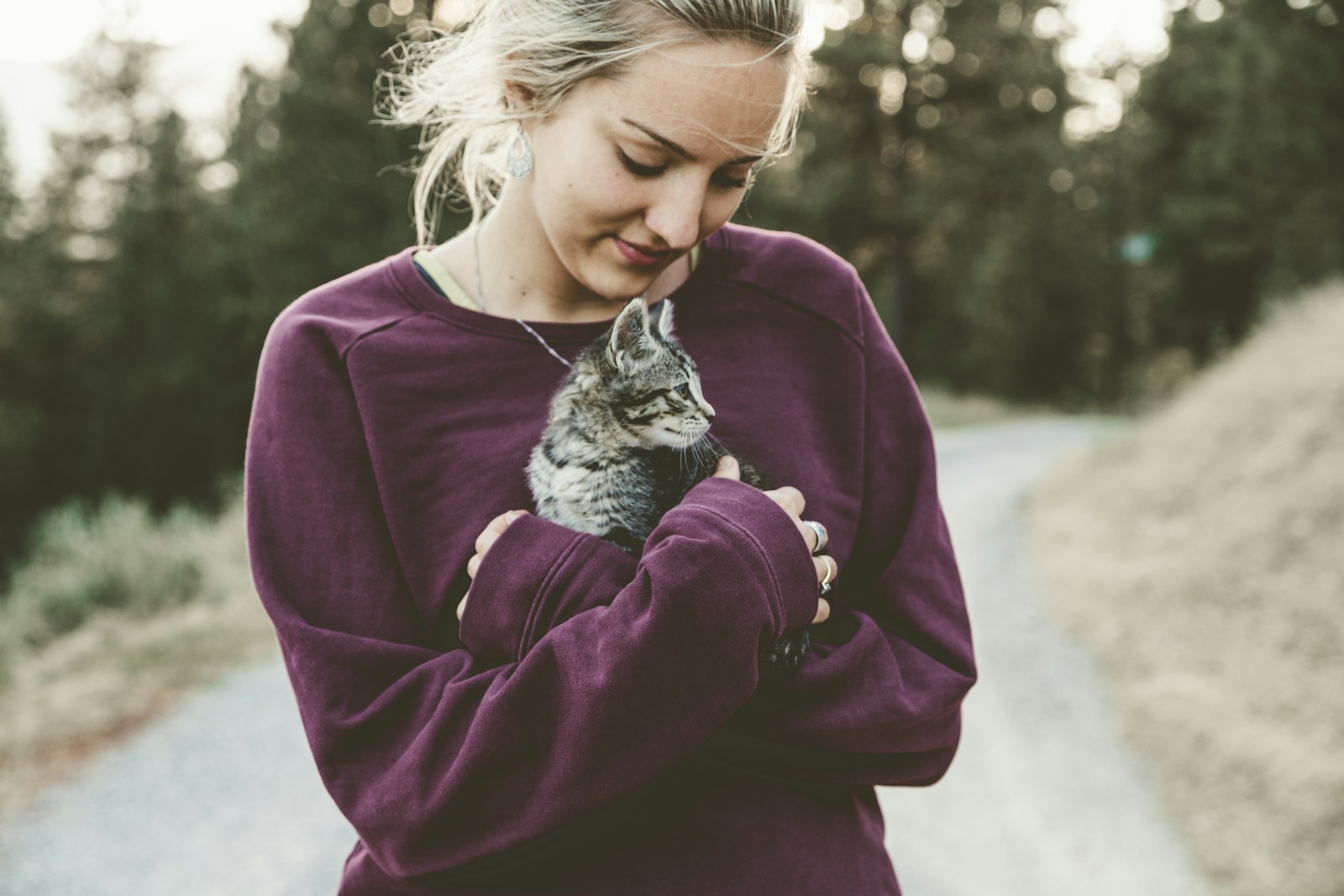



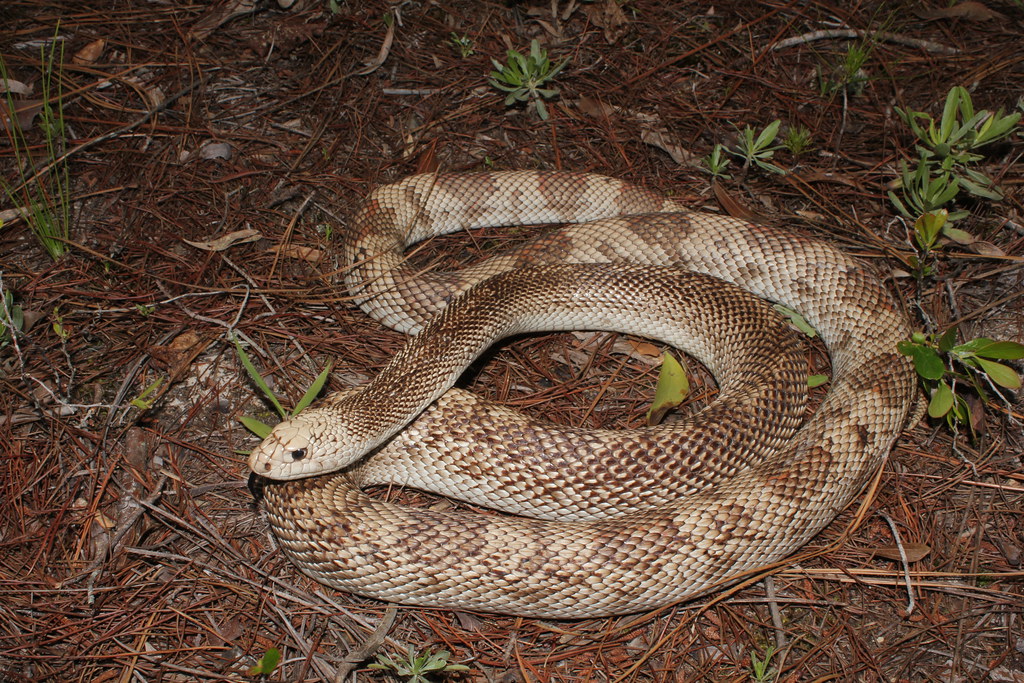





Leave a Reply